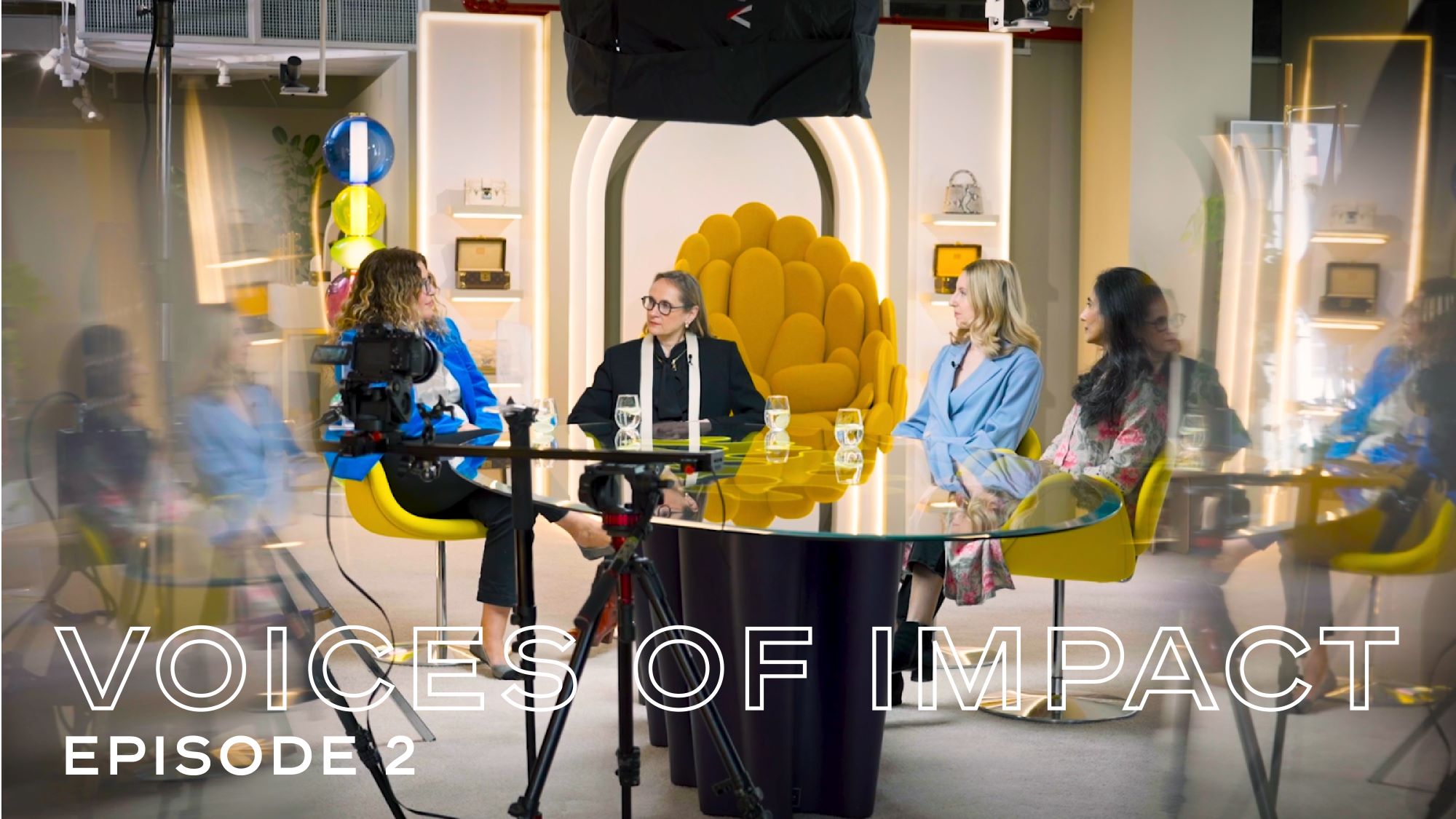Bethany Yellowtail on Supporting Community & Culture
June 10, 2021
Sacha Brown
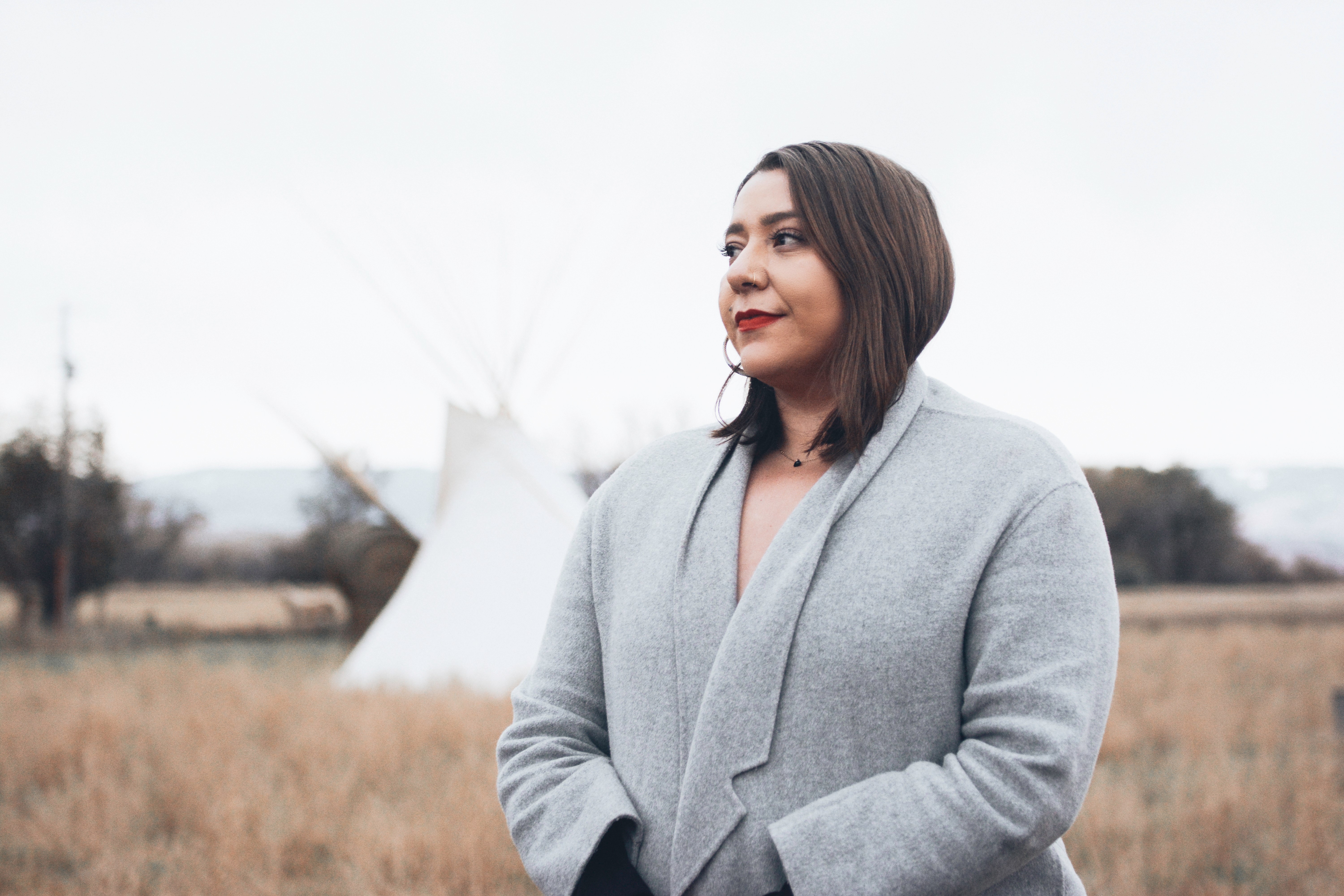

Bethany Yellowtail is a fashion designer and founder of Los Angeles-based clothing brand B.Yellowtail. Originally from the Northern Cheyenne and Crow Nations, her brand supports Native American, First Nations and Indigenous entrepreneurs through a digital arts market platform titled “The Collective.”
She joins the CFDA next week for the first part of our webinar series to highlight the work, traditions, and contribution of Native American and Indigenous designers in the American fashion industry. She spoke to us about how her brand and work is centered in community and culture, and how her artistic and business endeavors seek to empower and provide economic opportunities through design and wearable art.
Why did you make the decision to move from designing for a brand to launching your own label B.Yellowtail?
I always wanted to have my own fashion brand. I’ve been dreaming about it since I was a little girl. I learned to sew and make cultural regalia when I was very young thanks to my grandmother and auntie. I even started designing my own clothes in 7th grade thanks to my home economics teacher. However it was after I left home (on the Crow Indian reservation) and entered into the fashion industry when I really started to understand how my role and responsibility as a Native woman could merge with my dreams and desires to create my own label.
Early in my corporate fashion career, I worked for several brands that often appropriated Native American designs. At the time, I was an entry level employee with no power or say in the matter, but it was there I realized I wanted to create a brand that truly represented the culture, stories, and people I come from. I wanted to see myself and the people I love celebrated, respected, supported and to create a fashion platform to be feel proud of.
Although I design for people from all walks of life, for me there is nothing better than seeing Native women feel empowered and celebrated by the clothes they wear. B.Yellowtail is the brand of my little rez girl dreams.
How does your heritage and culture play a role in your design ethos?
My heritage, culture, and personal upbringing are my central foundation. They directly influence my values, guiding principals, and core design pillars, as well as the decisions I make leading a Native-owned business. They are my source inspiration nearly every collection, and are directly tied to the ways I understand myself and the responsibility I have to community. For me, I understand my designs to be connected to the people, to the land, to our ancestors, to our future, and I am one of the many many parts of our continuum. There are so many important teachings, histories and instructions for ways of being embedded inside our cultural designs and I personally try to take great care and consideration in the ways I utilize them.
How are you empowering and supporting other Native American and Indigenous Designers through The Collective?
Creating art and cultural craft is and has always been an integral way of life for Native people to sustain our families and tribal communities. Many of my family members and extended relatives utilize their creativity and craft to pay the bills. However poverty is a major barrier and a reality many cultural artists who come from reservation communities face. The unemployment rates for my tribal communities alone are nearly 70 percent (pre & post pandemic). That means there is not much disposable income and often times creators are forced to sell their work well below it’s actual worth.
In 2016 we launched the B.Yellowtail collective to support Indigenous arts entrepreneurs and help get their work out and accessible to a larger market. It was created as an alternative route for Native artists and businesses to have economic opportunities where they are made priority, can make an actual profit and sustain themselves with a living wage.
Most all of our collective artists are paid on a consignment basis, which means they receive 70 percent of profit from retails sales at byellowtail.com and with every sale, consumers are directly investing in Native people, our businesses, and supporting our culture – without the appropriation.
When we launched, we started with only 10 creators, many of them being my relatives. Since then we’ve supported over 50 artists from all over Indigenous North America, many of them growing beyond our platform to successfully run their own arts business full-time, and many of them have had features in major press publications including Vogue. We’ve also created pathways for collective artists to expand into wholesale distribution with opportunities at The MET, The Field Museum, as well as in B.YELLOWTAIL brand retail collaborations for the Crate & Barrel Kids – formerly The Land of Nod, and most recently with FAHERTY brand (select collective pieces arriving in 20 stores nationwide this summer).

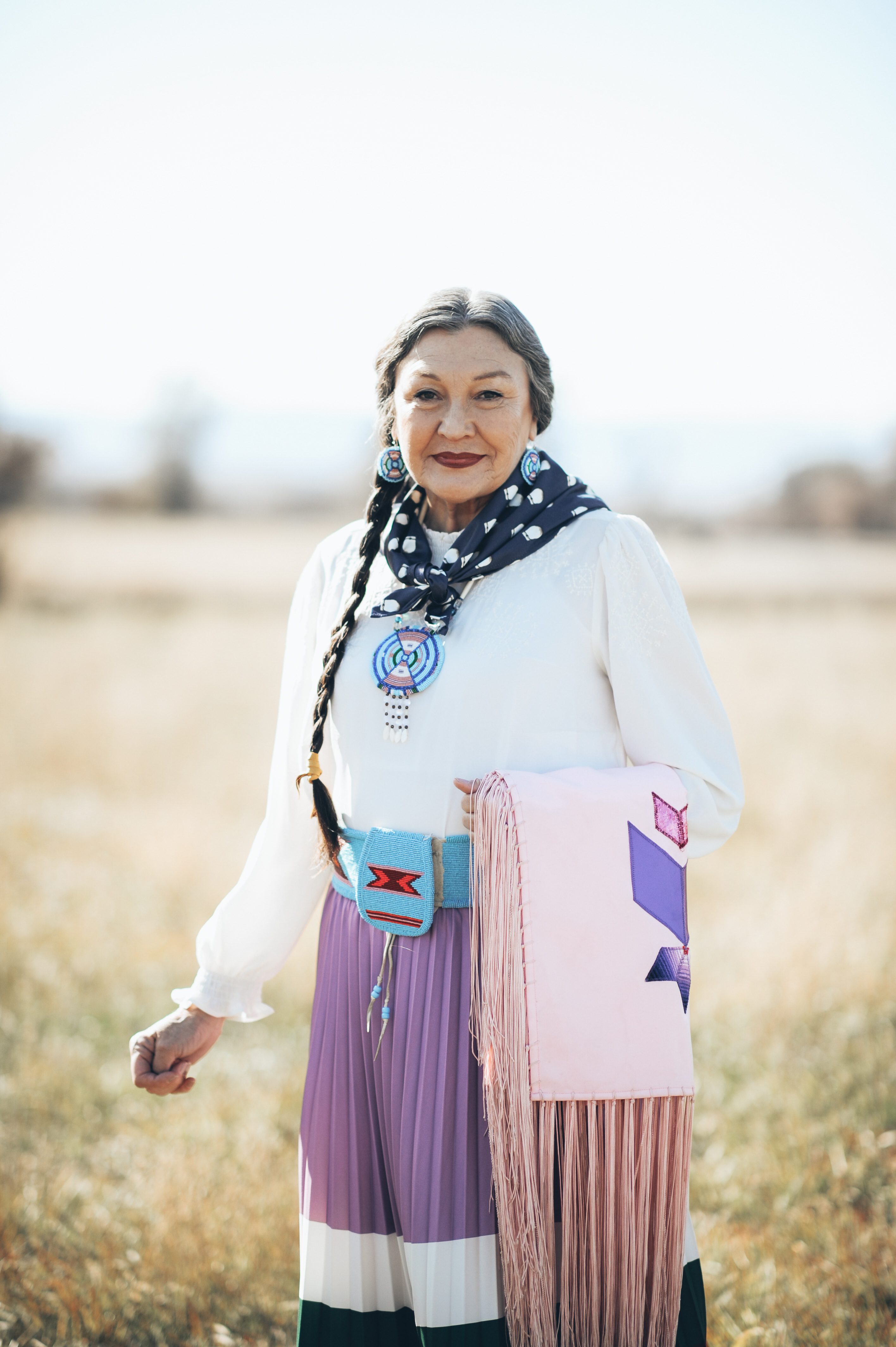
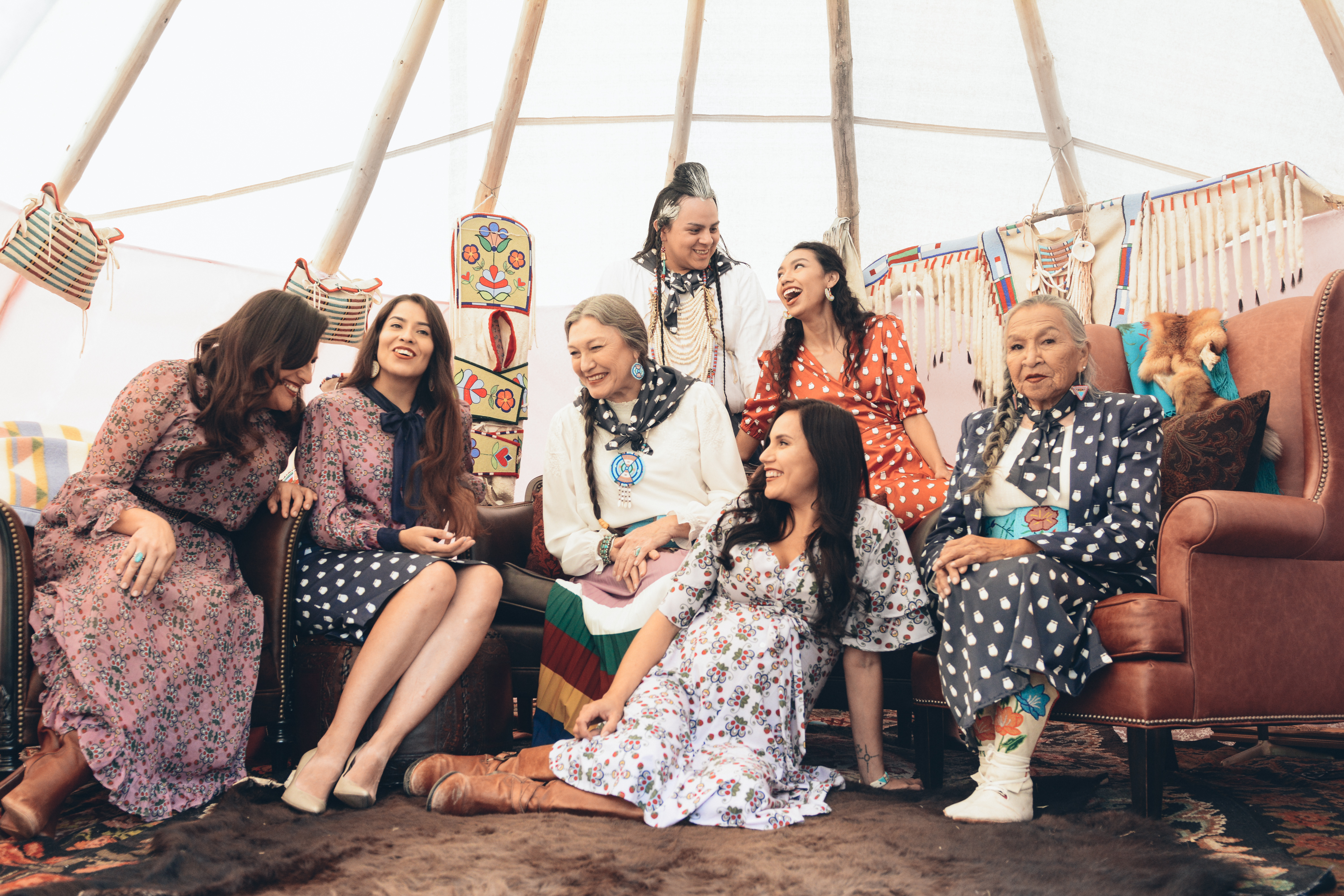
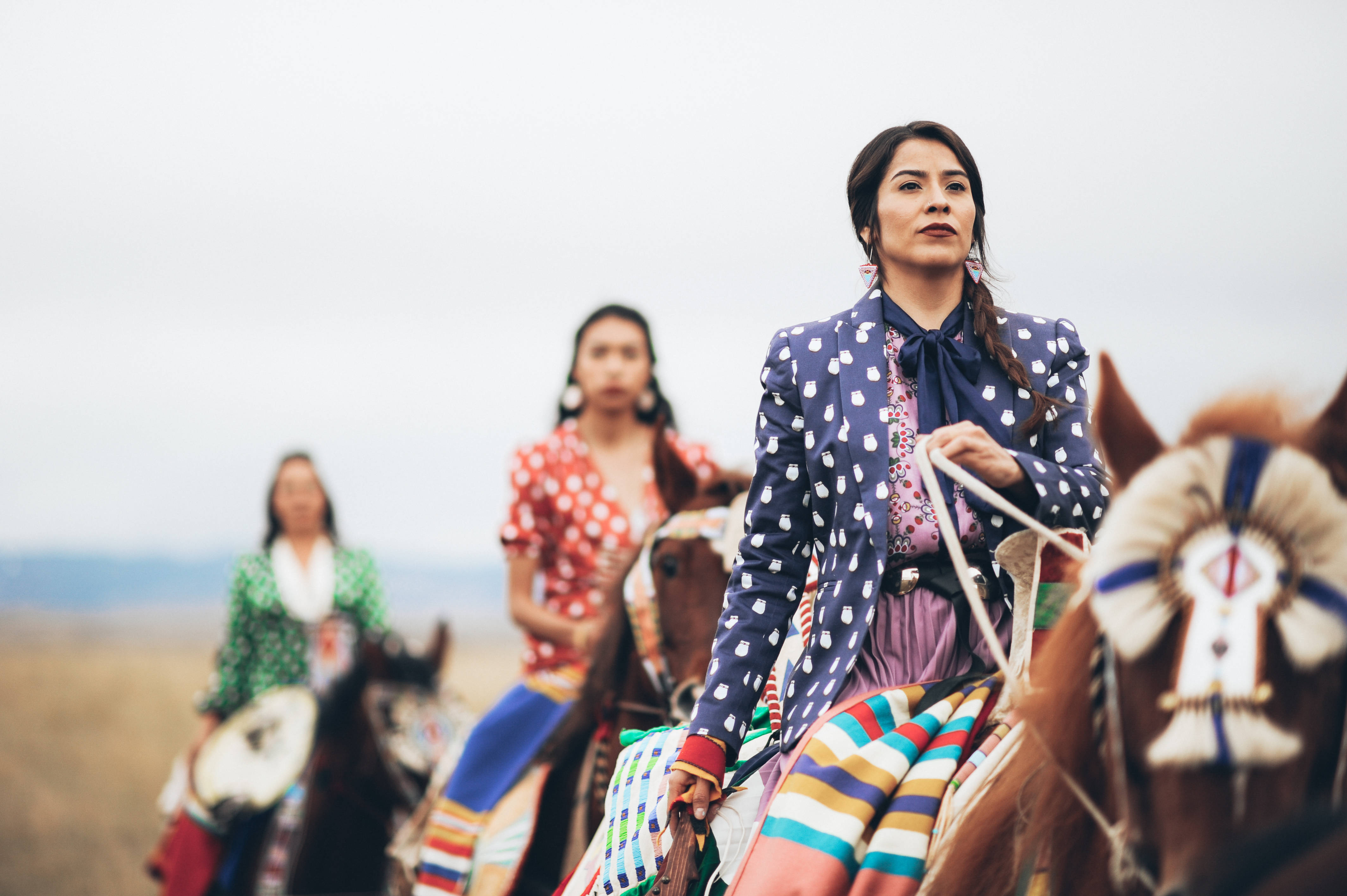
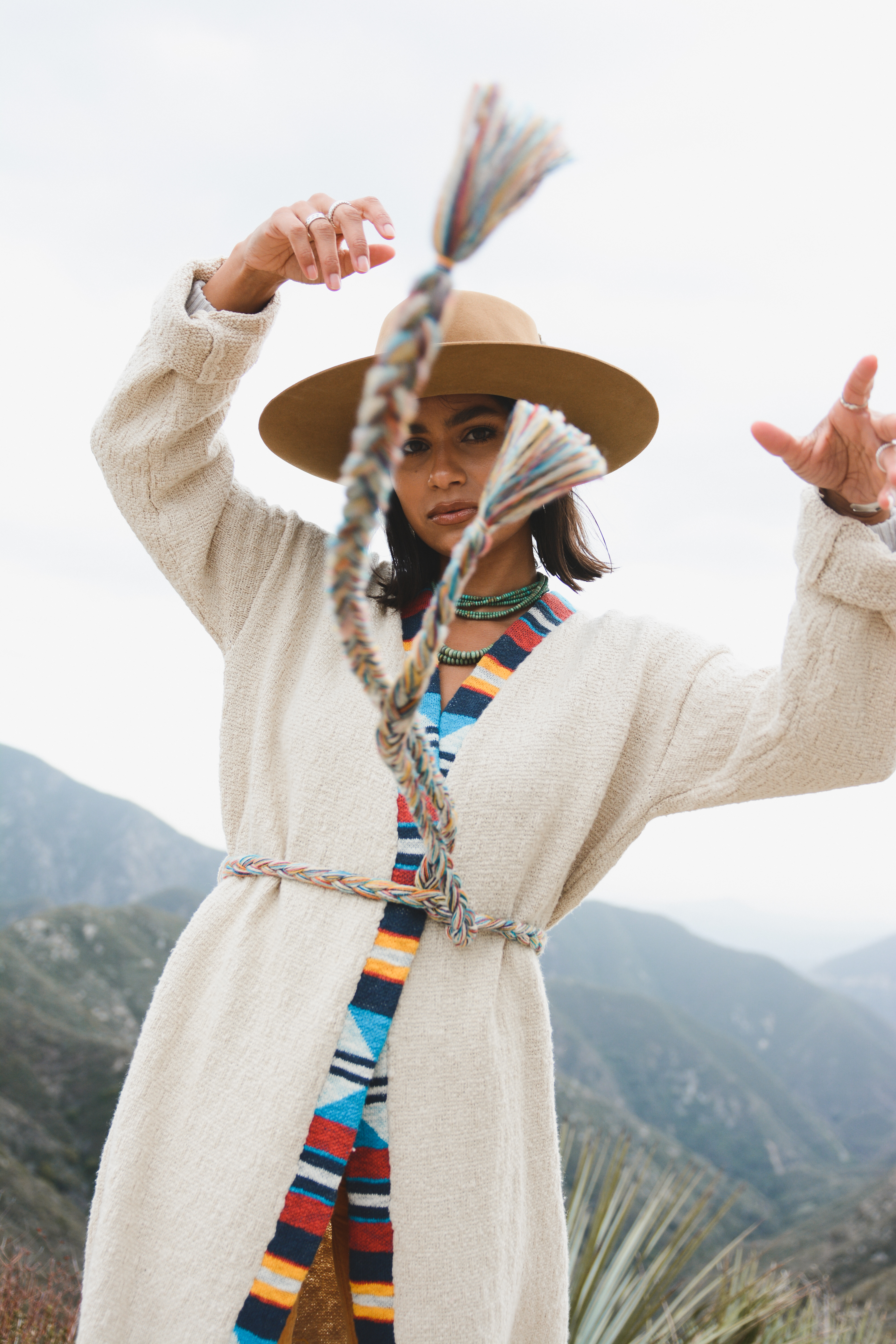
What have you found to be some of the greatest challenges and barriers for Native American and Indigenous designers who want to enter the mainstream American fashion industry?
I won’t speak for all Native/Indigenous designers, as I can only speak to my own personal experience. For me, finding mentors, access to industry resources, and securing capital as a minority woman in the business of fashion, is a battle in itself. As a Native designer, I’ve also had to combat and witness first-hand the ways cultural appropriation in the fashion industry actually harms our communities and prevents the people I love and my own aspirations as a brand from economic opportunity. It is quite clear the global fashion market is incredibly saturated with faux Indigenous/Native design and the majority of global consumers have zero consciousness that contemporary Native peoples exist. Finding a space in the fashion industry as an authentic voice also means we have to find a way to cut through, battle invisibility, erasure, and the false stereotypes that coincide with just being a Native person in the 21st century. I know that Fashion can be such an incredibly powerful tool and force for change and I am hopeful there will be a shift in the Industry at large. I like to imagine the day when Native and Indigenous communities will be the ones who benefit from our cultural art and brilliance. I can already imagine the beautiful, wonderful things could emerge from our people and the endless possibilities for the next generation of Native designers.
Can you share a success story for how The Collective impacted the life of one of your featured designers?
It’s hard to name just one because every single artist who’s been a part of the B.Yellowtail collective is a success – not because of us, but because they have immense talent and are incredibly gifted. We’re just a catalyst. But during the height of the pandemic, we saw how the collective platform made a big impact for several of our jewelry makers who lost their full-time employment and were experiencing financial hardship. Our online marketplace was able to support them with a sustainable wage and carry them through the uncertainty of last year, giving them the power to provide for their families.
Tribal communities are made up of families and our families are made of individuals. Buying directly from the collective and other Indigenous creators is a direct investment in our communities. I am incredibly proud of the collective platform and I hope it serves as a model that buying directly from Native creators has a real life impact on our people.
Fashion brands today are integrating social impact work into their business practices – how does this play a role in your work? Where would you tell a designer/brand to begin if they are interested in social impact work?
I understand myself as a Northern Cheyenne Woman and an Apsaalooke biaa with an inherent role and responsibility to my community. I was raised being told that no matter what I do or where I go in the world, I’m always to be helpful and give back to the people I come from. My values are integrated into everything I do. Although I never set out to create a brand that does “social impact work” per se, my values, cultural beliefs, and teachings help guide the decisions and the choices I make even in business. To begin, I would tell a designer or brand to write down your values. What are they? What do you believe in? Are the choices and decisions you make in alignment with the world you want to see? Are they in alignment with the world you want to leave for future generations to inherit? I’d tell them to start there first.
Please join this two part webinar series by registering below:
The Native American and Indigenous Design Community and their Contribution to the American Fashion Industry.
Wednesday, June 16 12:00 – 1:00 PM EDT
Register here
—
Opportunities to Foster and Preserve the Crafts of the Native American and Indigenous Design Community
Wednesday, June 23 12:00 – 1:00 PM EDT
Register here

